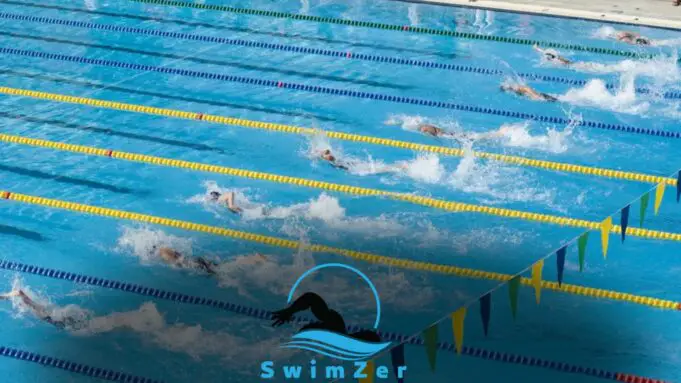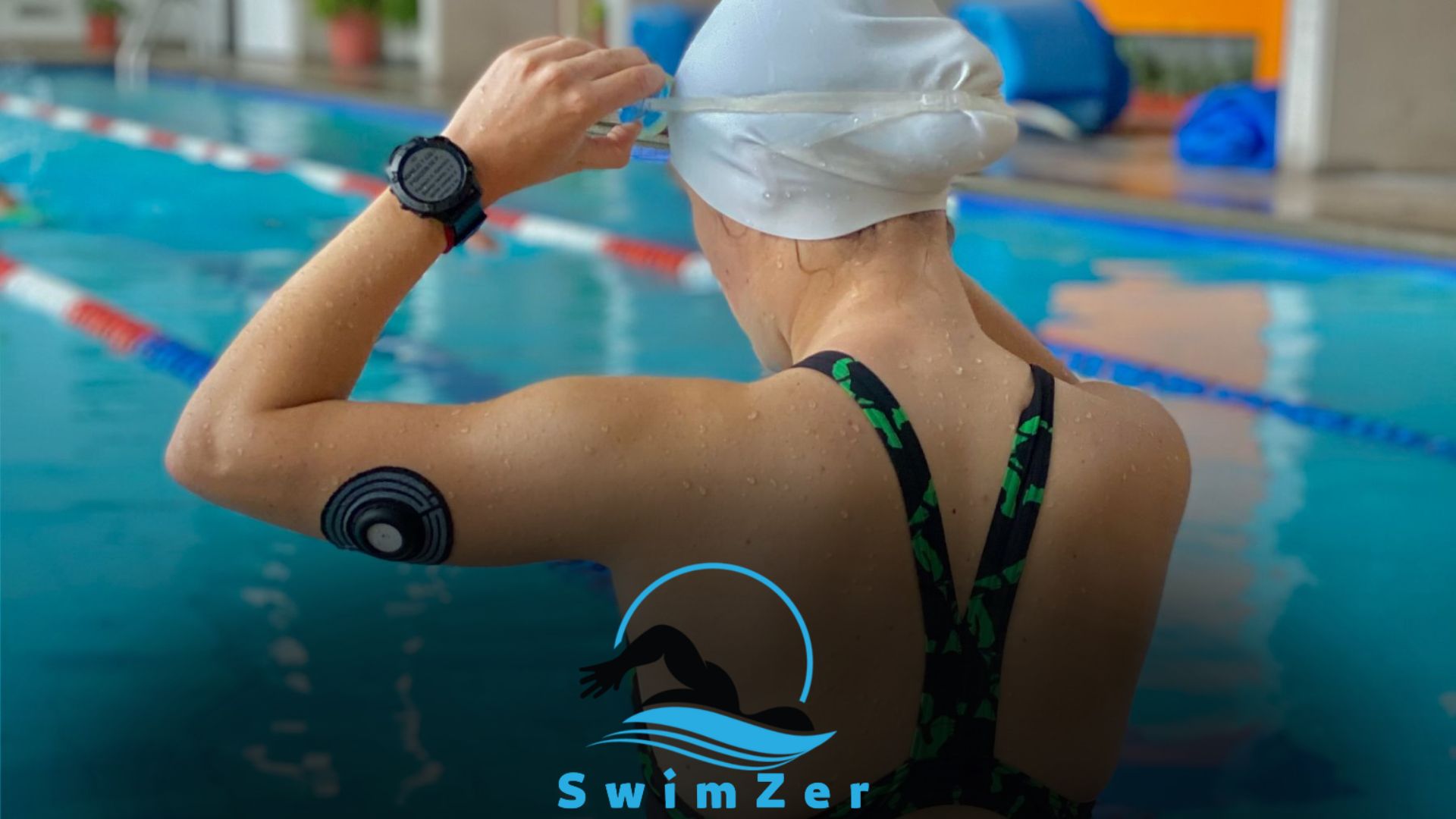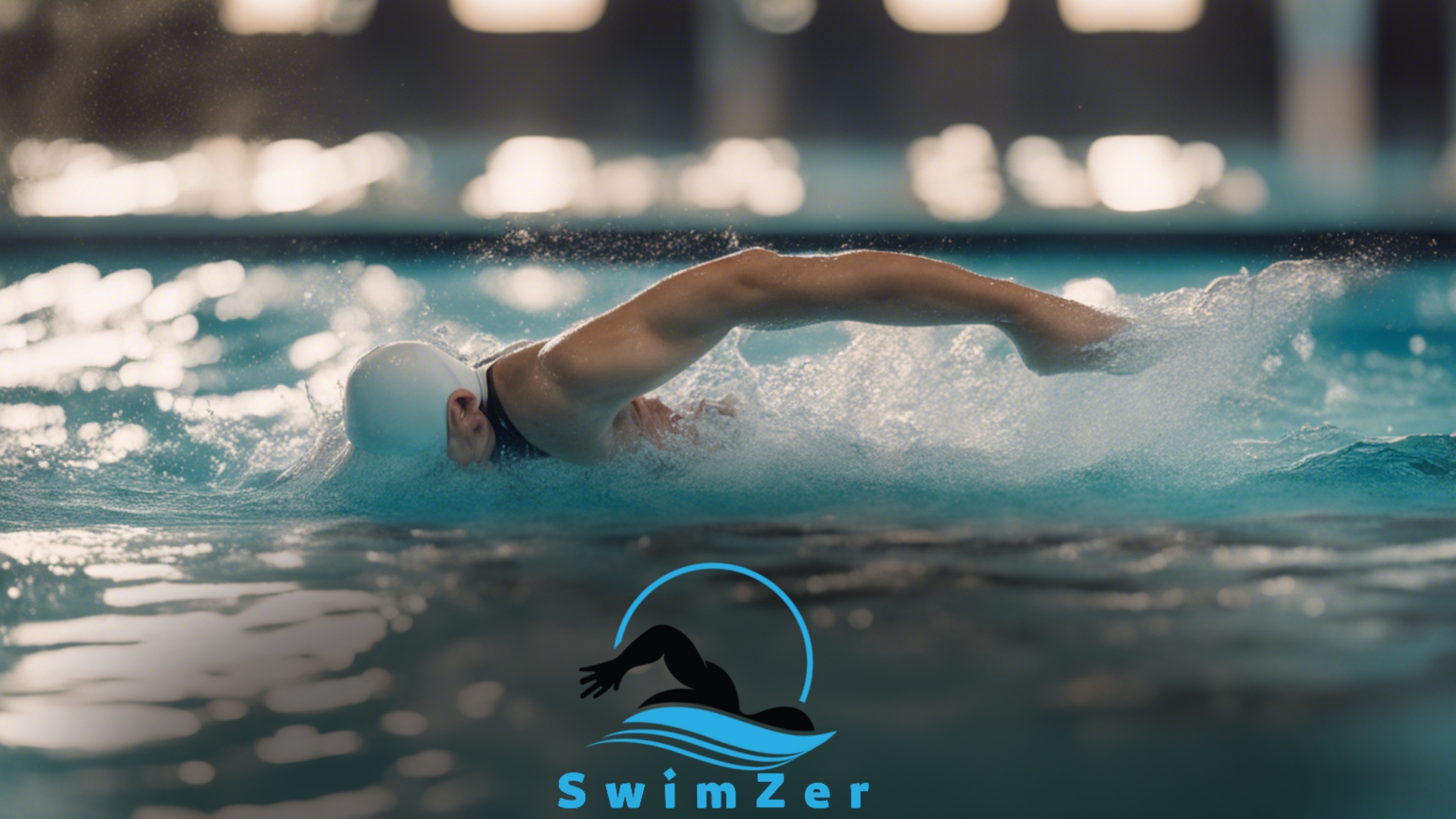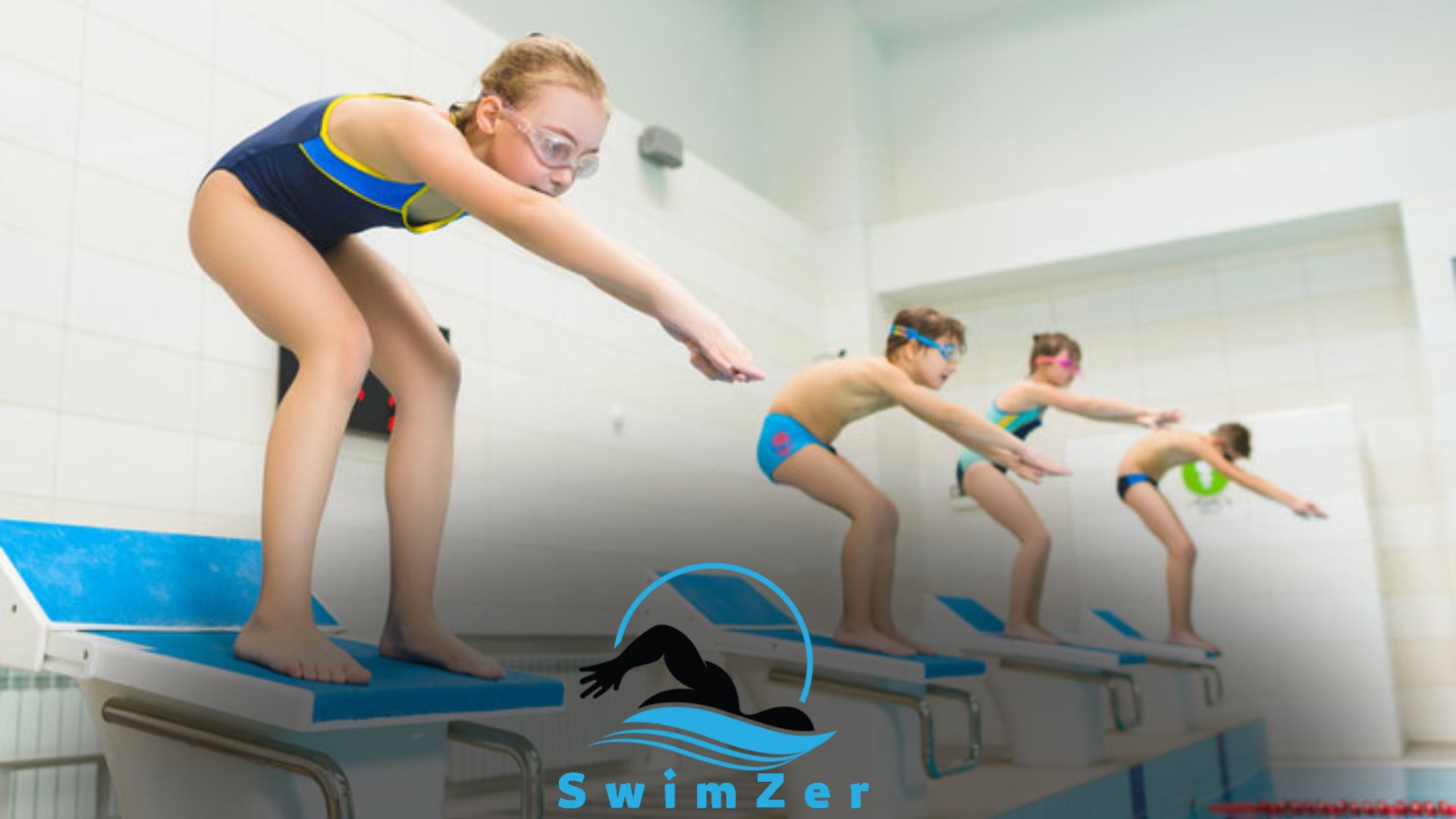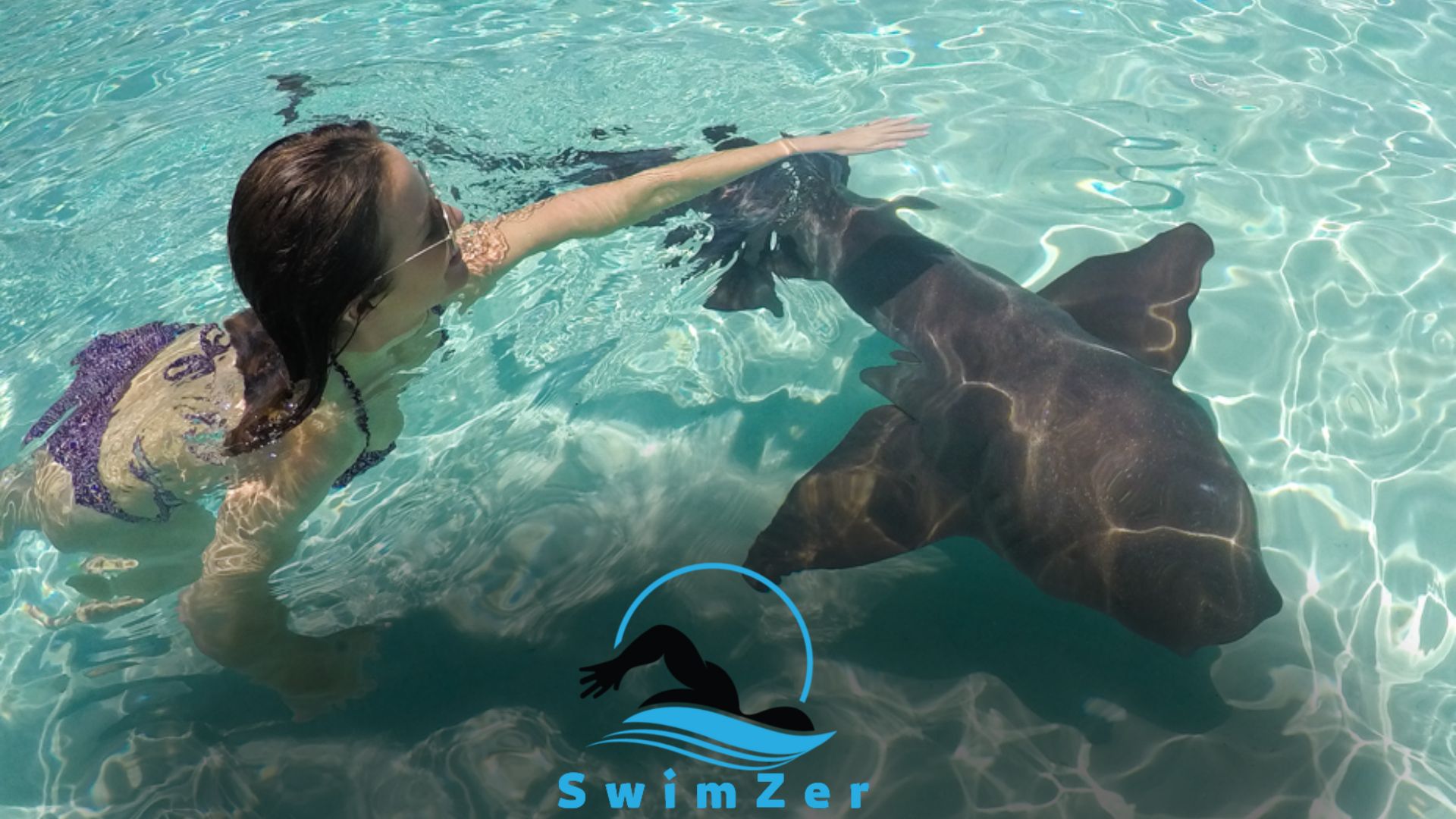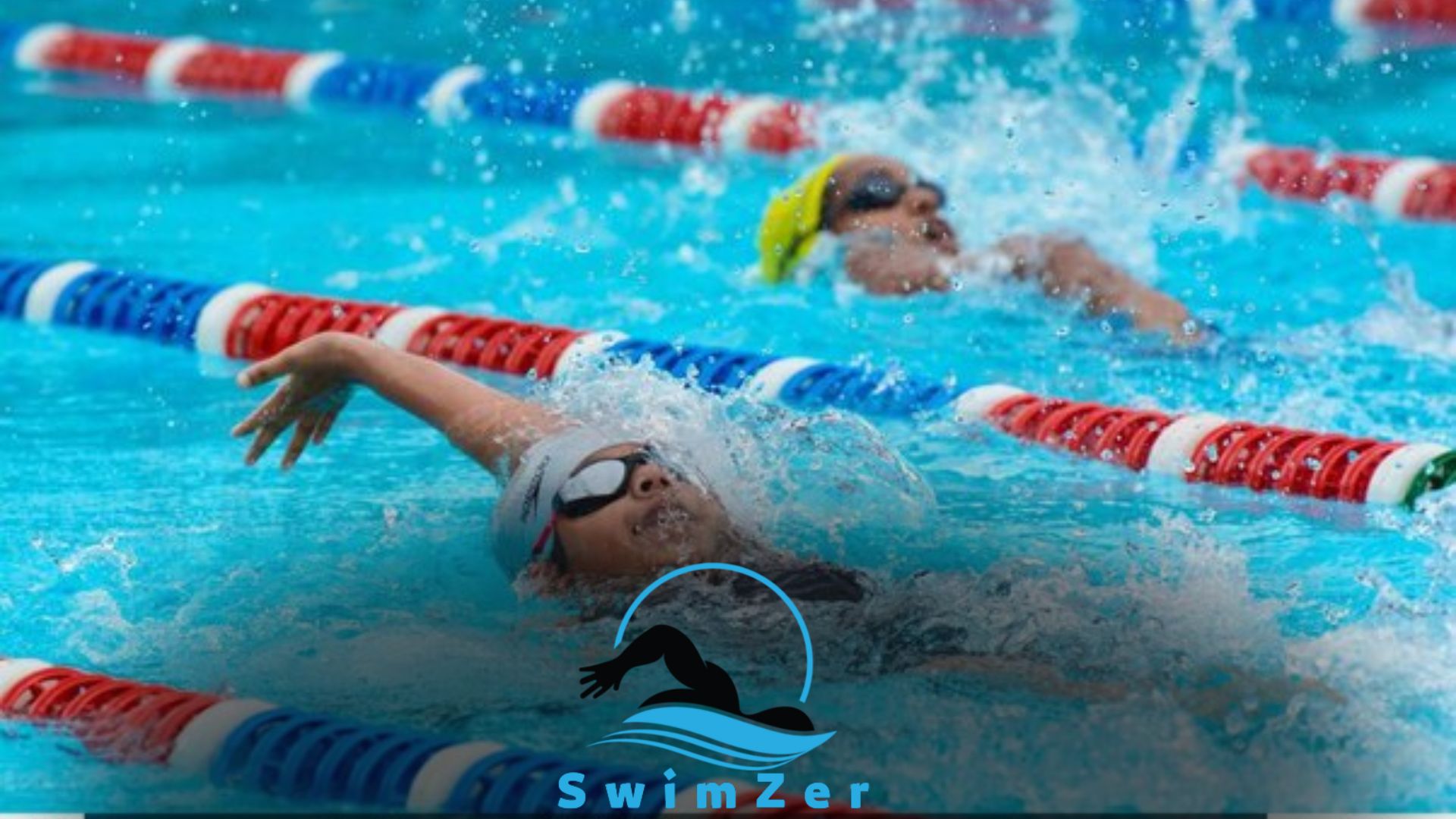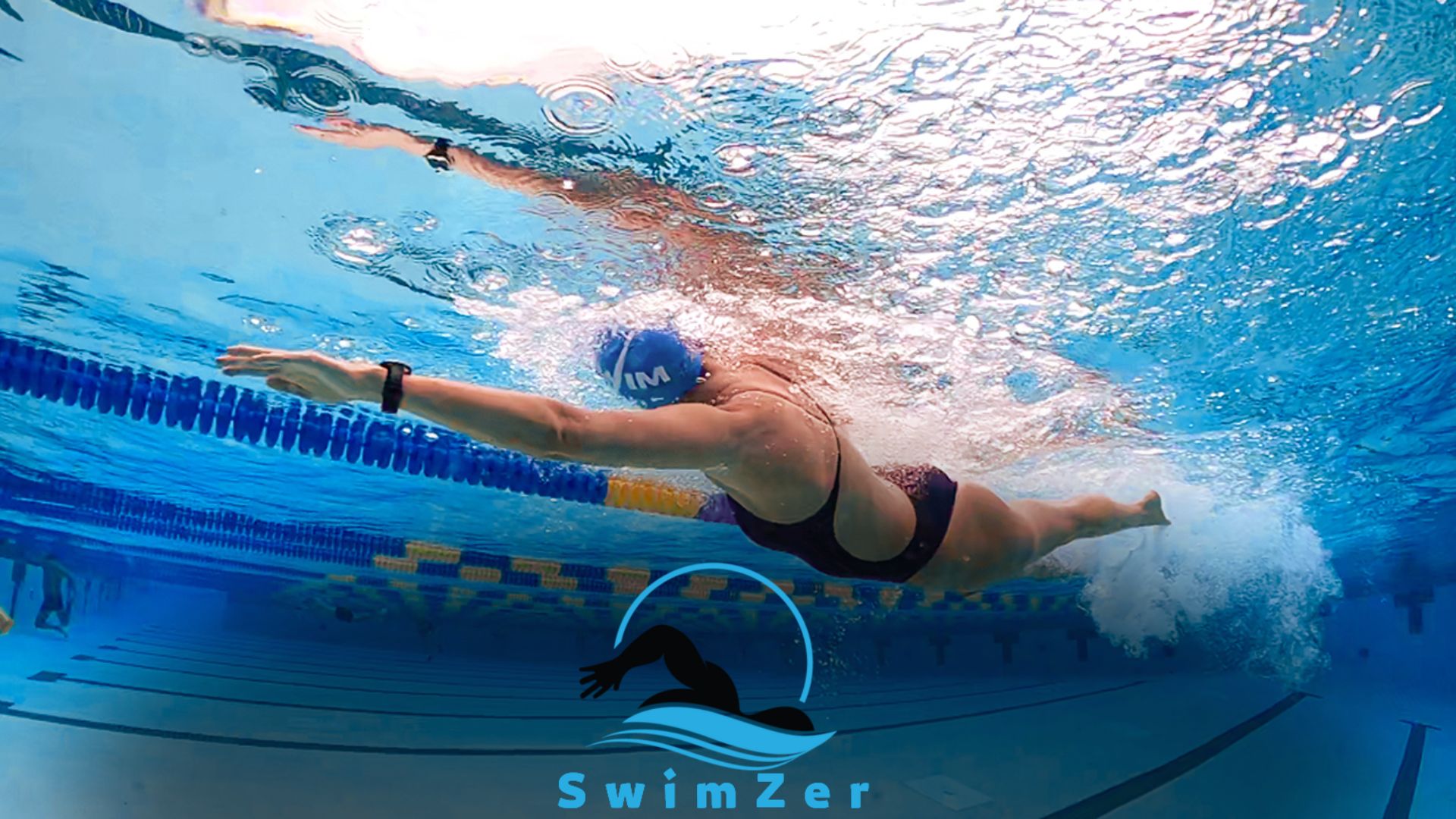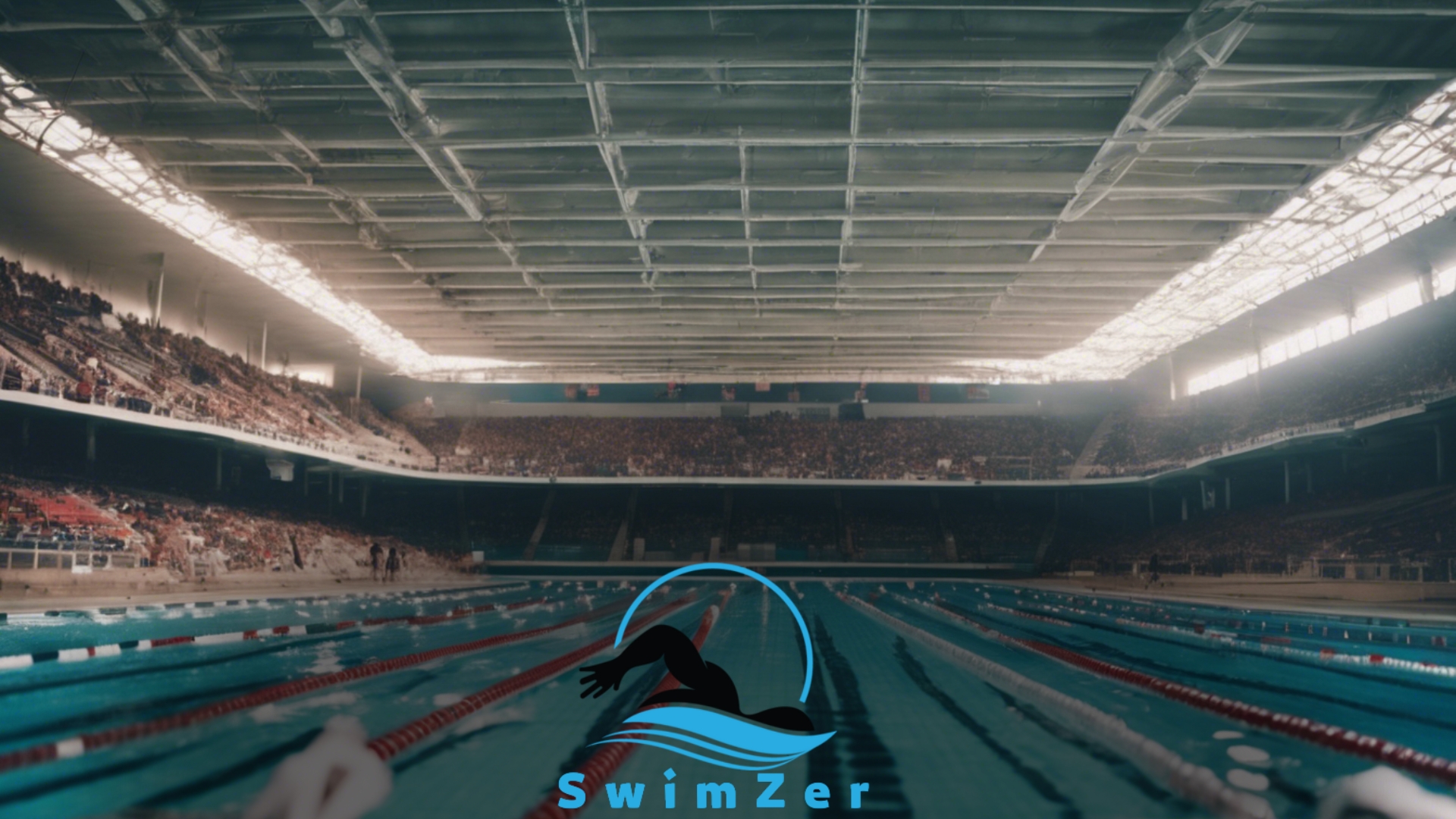A swimming pool’s length typically ranges from 25 to 50 meters. Swimming pools come in various sizes, but the length typically falls within 25 to 50 meters.
This length is ideal for competitive swimming and allows for proper lap swimming. The size of a swimming pool is essential, whether for personal use in residential properties or for commercial venues such as universities, hotels, or public swimming facilities.
The length of a swimming pool determines the number of lanes and the overall capacity it can accommodate. Additionally, it is essential to note that the depth and width of a swimming pool can vary depending on its purpose and location.
Overall, the length of a swimming pool plays a significant role in determining its functionality and usability for swimmers.
Unveiling Swimming Pool Length Standards
Official Regulation Sizes
For recreational and competitive purposes, swimming pools adhere to specific length standards to ensure fairness and uniformity. Official regulation sizes have been established to provide a level playing field for swimmers across the globe.
The governing body for swimming, the International Swimming Federation (FINA), mandates specific dimensions for pools used in international competitions.
According to FINA regulations, the standard length for an Olympic-sized pool is 50 meters. This length is determined to be ideal for world-class competition, allowing swimmers to showcase their skills and demonstrate their speed in a controlled environment.
Variations in Pool Dimensions
While the standard length for an Olympic-sized pool is 50 meters, there are variations in pool dimensions based on factors such as the facility’s purpose and available space.
Recreational pools, often found in residential areas or hotels, can vary in length from 15 to 25 meters. These pools are designed to accommodate leisure activities and exercise routines. Smaller in size but still providing ample space for swimming, these pools offer relaxation and fitness options for individuals of all ages.
It is important to note that variations in dimensions may also occur due to regional regulations or personal preference. Some pools may be constructed to fit specific spaces or cater to a particular target audience. However, adhering to established guidelines for competitive swimming is crucial to ensure fair and accurate results.
Importance of Competitive Swimming
The adherence to standard pool lengths is of utmost importance in the world of competitive swimming. Precise and uniform pool dimensions allow for accurate time measurements and seamless comparisons between swimmers. This consistency ensures that results are reliable and fair, allowing athletes to compete on an equal footing.
Competitive swimmers train tirelessly to achieve their best times and strive for record-breaking performances; therefore, adherence to standard dimensions is essential. In an Olympic-sized pool, swimmers can push their limits and unleash their full potential, knowing that the pool’s length is consistent with international standards.
Moreover, standard pool lengths also aid in developing swimming skills and techniques. Coaches and trainers can use these standardized dimensions to plan training sessions and effectively measure progress.
When swimmers consistently practice in pools with standardized lengths, they develop consistency in their strokes, turns, and overall performance.
Now that we’ve explored the official regulation sizes, variations in pool dimensions, and the importance for competitive swimming, it is evident that the length of a swimming pool plays a vital role in ensuring fairness, accuracy, and the overall development of swimmers.
What is the Length of a Swimming Pool? Explained
When it comes to swimming pools, the length of the pool plays a crucial role in determining its purpose and functionality. Whether planning a residential pool for relaxation or a competitive pool for serious swimming, understanding the importance of pool length is critical.
In this article, we will dive deeper into the details of pool lengths, exploring the differences between various pool types and the ideal lengths for different purposes. Let’s explore!
Comparison of Pool Types
Before discussing the lengths of swimming pools, let’s first compare the different types of pools commonly seen. There are primarily two types of swimming pools: residential and competitive.
Residential pools are designed for recreational purposes and can be found in the backyards of homes, private villas, or resorts. They are typically smaller and provide a space for individuals and families to relax, cool down, and socialize.
On the other hand, competitive swimming pools are built to meet specific standards set by governing bodies such as the International Swimming Federation (FINA). These pools are intended for professional swimmers and athletes who require specific dimensions and features to facilitate fast swimming and accurate timing.
Residential vs. Competitive Pool Lengths
Residential pool lengths can vary greatly depending on the available space, personal preferences, and budget. Most residential pools range from 25 to 40 feet long, with the average pool size being around 30 feet long.
However, it’s important to note that residential pools can be customized to fit specific requirements and may deviate from these general measurements.
On the other hand, competitive pool lengths follow strict regulations to ensure fair and consistent swimming conditions for athletes. The standard size for competitive pools is 25 meters, equivalent to approximately 82 feet.
This length allows for an accurate comparison of swimming times and ensures that athletes can perform at their best.
Additionally, elite-level competitions, such as the Olympic Games or World Championships, require even longer pools measuring 50 meters or 164 feet.
These larger pools accommodate multiple lanes and provide ample space for swimmers to showcase their skills and compete at the highest level.
Now that you understand the difference between residential and competitive pool lengths, it’s vital to choose the right length based on your specific needs and goals. Consider factors such as available space, budget, and intended usage before finalizing the length of your swimming pool.
In conclusion, the length of a swimming pool plays a significant role in its purpose and functionality. Whether you opt for a residential pool to relax and enjoy leisure time or a competitive pool to push your swimming abilities, understanding the ideal lengths for each type is crucial.
By incorporating the appropriate pool length, you can create the perfect swimming environment for your needs.
Common Pool Types and Their Lengths
In swimming pools, various types cater to different needs and preferences. Each type has its specific purpose, so the length of each pool can vary significantly.
Whether you’re a competitive swimmer or simply looking to relax and enjoy the water, understanding the lengths of different pool types can help you choose the perfect pool for your needs.
Olympic-sized Pools
Olympic-sized pools are designed for competitive swimming events and are known for their impressive length. These pools adhere to strict guidelines outlined by the International Swimming Federation (FINA).
According to FINA regulations, an Olympic-sized pool must measure 50 meters long. This allows swimmers to compete in Olympic events such as freestyle, backstroke, breaststroke, and butterfly while providing ample space for turns and finishes.
In addition, these pools are often equipped with multiple lanes, allowing simultaneous races to occur.
Lap Pools
Lap pools are primarily used for swimming laps and are found in both residential and commercial settings. These pools are perfect for those who want to incorporate swimming into their fitness routine or professional swimmers who must train regularly.
The length of lap pools can vary, but they typically measure 25 or 50 meters, the same as Olympic-sized pools. Some lap pools are even longer, measuring 100 meters or more.
The length of a lap pool allows swimmers to swim continuous laps without interruption, making it an ideal choice for individuals looking to improve their endurance and stroke technique.
Recreational Pools
Recreational leisure, or backyard pools are designed for relaxation and family fun. These pools come in various shapes and sizes, and their length can vary significantly based on the available space and user preferences.
While there are no set regulations for the length of recreational pools, they are typically shorter than Olympic-sized and lap pools.
The length of a recreational pool can range from 10 to 25 meters, providing enough space for recreational activities such as playing water games, lounging, and cooling off on hot summer days. These pools often feature shallow areas for children and deeper sections for adults.
Conclusion
Understanding the lengths of different pool types can help you decide when choosing a swimming pool. Whether you’re a competitive swimmer needing an Olympic-sized pool or simply looking for a leisurely dip in a recreational pool, there’s a pool out there to suit your needs.
So dive in and enjoy the wonderful world of swimming!
Indoor vs. Outdoor Pool Lengths
One common question when it comes to swimming pools is the length. Indoor and outdoor pools vary in size, with measurements ranging from 25 to 50 meters, depending on the facility and its purpose.
Knowing the pool’s length can help you plan your activities accordingly, whether you prefer swimming laps or just leisurely splashing around.
Indoor and outdoor swimming pools offer unique experiences for swimmers, and one factor that differentiates them is the length of the pool. The pool size can vary depending on whether it is situated indoors or outdoors.
In this section, we will explore the impact of the setting on pool size and provide average lengths for indoor and outdoor pools.
Impact of Setting on Pool Size
The setting of a swimming pool, whether indoor or outdoor, can significantly impact its size. Indoor pools are often constrained by the available space within a building, resulting in smaller dimensions than outdoor pools. On the other hand, outdoor pools typically occupy larger areas, allowing for greater length.
Regarding indoor pools, the size is influenced by factors such as the building design, purpose, and the available area. For instance, a pool located within a hotel or residential complex may be designed for recreational purposes, resulting in a smaller size.
In contrast, pools in fitness centers or sports facilities may accommodate competitive swimming, thus requiring longer lengths.
Outdoor pools, being unrestricted by building structures, can be designed to meet various requirements and activities. Whether for leisure, exercise, or competition, outdoor pool sizes are often intended to provide ample space for swimmers to enjoy their aquatic activities. The larger surface area also allows for integrating additional features such as diving boards or water slides.
Average Lengths for Indoor and Outdoor Pools
The length of a swimming pool is a crucial factor for swimmers, as it directly affects their experience and performance. While sizes can vary, average lengths are commonly observed for indoor and outdoor pools.
For indoor pools, the average length typically ranges from 25 to 75 feet (7.6 to 22.9 meters). These dimensions are suited for recreational swimming and exercise, providing enough space for swimmers to move comfortably.
In contrast, outdoor pools often have average lengths ranging from 75 to 100 feet (22.9 to 30.5 meters) or more. These lengths are commonly seen in public swimming facilities, sports complexes, and Olympic-sized pools designed for competitive events. The larger dimensions allow multiple users and ample room for swimmers to practice their strokes without disruptions.
It’s important to note that these average lengths are not definitive, and pool sizes can vary significantly based on specific needs and limitations. Whether you prefer an indoor or outdoor pool, the length is crucial in determining the best swimming experience for you.
Overall, the setting of a swimming pool significantly influences its size. While indoor pools are often constrained by available space, outdoor pools are generally free to occupy larger areas.
By understanding the impact of the setting on pool size and being aware of the average lengths for indoor and outdoor pools, you can make an informed decision about which type of swimming pool suits your needs and preferences.
Measuring Your Pool Length Properly

To correctly measure the length of your swimming pool, it is essential to follow a step-by-step process to ensure accuracy.
By taking precise measurements, you will not only have the correct dimensions for your pool, but you will also be able to plan and make informed decisions regarding any upgrades or renovations you may be considering.
This guide will walk you through measuring your pool length correctly, highlighting the tools you need to do so accurately.
Step-by-step Guide
Prepare your tools
Before measuring your pool, gather the necessary tools to ensure accuracy. The following items are recommended:
- Tape measure
- Chalk or masking tape
- A helper (optional but recommended)
Having these tools handy will make the process easier and more efficient.
Position the tape measure
Start by positioning the tape measure at one end of the pool to begin measuring. Ensure it is securely fastened or held in place to prevent any movement or shifting during the process.
Extend the tape measure
Carefully extend the tape measure across the length of the pool until you reach the opposite end. If you have a helper, they can hold the tape measure on the far end to provide extra support and maintain a straight line.
Read the measurement
Once the tape measure is fully extended, read it to the point where it aligns with the pool’s far end. Make sure to record the measurement accurately, noting the unit of measurement (e.g., feet, meters).
Required Tools for Accurate Measurement
Tape measure
A tape measure is undoubtedly essential for accurately measuring your pool length. It allows you to get precise measurements without guesswork. Ensure that the tape measure is long enough to span the entire length of your pool.
Chalk or masking tape
Using chalk or masking tape is highly recommended, as it helps mark the measurement’s starting and ending points. Clearly defining these points can avoid confusion or miscalculations when recording the length.
A helper
While not mandatory, having a helper can significantly aid in accurately measuring your pool length. They can assist in holding the tape measure steady, ensuring it remains straight and aligned throughout the process.
Design Implications on Pool Length
The length of a swimming pool is a crucial design consideration with significant implications for aesthetic appeal and functionality. The pool’s dimensions can significantly impact the overall design, usage, and cost.
In this article, we will explore how design affects the dimensions of a swimming pool and examine case studies of custom pools versus standard pools.
How Design Affects Dimensions
The design of a swimming pool directly influences its length. Factors such as available space, intended use, and budget all contribute to determining the optimal pool length.
Here are some critical design implications to consider:
- Available Space: The size and shape of the area where the pool will be installed play a crucial role in determining its length. Limited space may require a smaller pool, while larger spaces can accommodate longer pool lengths.
- Intended Use: The purpose of the pool also influences its dimensions. A shorter length may be adequate if the pool is primarily for leisure and relaxation. Conversely, a longer length is essential to create a suitable swimming lane if the pool is intended for lap swimming or training.
- Architectural Style: The design aesthetic of the surrounding area also affects the pool length. A modern and sleek architectural style may call for a more extended, more streamlined pool, while a traditional or rustic setting may benefit from a shorter, more intimate pool length.
- Budget: The available budget is another factor that impacts the pool length. Custom pools tend to be more expensive and offer more flexibility in design, including length options, while standard pools are more budget-friendly but may have limitations on size and shape.
Case Studies: Custom Pools vs. Standard Pools
Let’s delve into two case studies to understand the differences between custom pools and standard pools in terms of length:
| Custom Pools | Standard Pools |
|---|---|
| Design Flexibility: With custom pools, homeowners can choose any length within the constraints of their available space and budget. This allows for more personalized and tailored swimming experiences. | Predefined Sizes: Standard pools often come in predetermined sizes, limiting the options for length. These sizes are typically standardized to suit common usage scenarios. |
| Aesthetic Appeal: Custom pools offer the opportunity to create a visually striking focal point within the outdoor space. Longer lengths can create an impressive visual impact, especially when combined with other design elements. | Cost-Effectiveness: Due to mass production and standardized sizes, standard pools are generally more cost-effective than custom pools. They offer a budget-friendly option for those seeking a functional, straightforward swimming pool. |
| Usability: Although limited in length options, Standard pools still provide a suitable space for recreational swimming and water-based activities. They are an excellent choice for those seeking a pool primarily for leisure and relaxation. | Cost-Effectiveness: Standard pools, due to mass production and standardized sizes, are generally more cost-effective compared to custom pools. They offer a budget-friendly option for those seeking a functional, straightforward swimming pool. |
As evidenced by these case studies, the decision between a custom or standard pool ultimately depends on individual preferences, budget constraints, and the desired functionality of the pool.
Adjusting Pool Length for Different Needs
The length of a swimming pool can be adjusted to meet various needs, making it versatile for different activities and purposes. The pool length can be customized accordingly for competitive swimming, rehabilitation, or leisurely laps. Choose the perfect size that suits your specific requirements.
When it comes to swimming pool design, finding the optimum length is a crucial factor that can significantly impact swimmers’ experience. The size of a swimming pool plays a significant role in determining its purpose, whether for leisurely swimming or competitive training.
Thankfully, with modern pool designs, it is now possible to adjust the pool length to cater to various needs and preferences.
Modifying Length for Training Purposes
A key consideration for severe swimmers and athletes is having a pool for practical training. This often involves increasing the pool length to meet specific training requirements.
Longer pool lengths provide ample space for swimmers to develop their stroke technique, build endurance, and simulate race conditions. A typical competitive swimming pool length is 50 meters, which is the standard for Olympic games and international competitions.
Fear not for those who don’t have the luxury of a full-sized Olympic pool! Many pool designs allow for adjustable lengths, making it possible to transform a regular-sized pool into an adequate training space.
The height can be adjusted using removable bulkheads or movable pool walls, allowing customization based on individual training needs. This flexibility ensures that swimmers of all levels can enjoy the benefits of training in an appropriately sized pool.
Moreover, modifications in pool length can also be helpful for swim coaches and trainers to conduct various drills and training exercises. By adjusting the height, coaches can create specific training zones for focus on starts, turns, or lap counting. This adaptability allows for a versatile training environment that caters to different swimming styles and goals.
Creating Multipurpose Pool Spaces
In addition to training purposes, adjusting the length of a swimming pool also provides opportunities for creating multipurpose spaces. Depending on the available area and intended usage, pool lengths can be modified to cater to various activities beyond swimming laps.
For instance, shorter pool lengths can be ideal for aquatic exercise classes, such as water aerobics or hydrotherapy sessions. These classes often focus on low-impact movements better suited for a smaller pool length.
By making slight adjustments, pool spaces can be transformed into welcoming environments for individuals seeking the therapeutic benefits of water exercise.
On the other hand, longer pool lengths can be beneficial for hosting pool parties and recreational activities. Extending the pool length allows more room for floating devices, water games, and socializing.
This versatility enables pool owners to maximize their enjoyment and provide an entertaining space for various events while maintaining the possibility of training activities.
In conclusion, adjusting the length of a swimming pool opens up a world of possibilities. Whether you are a competitive swimmer, a fitness enthusiast, or a pool owner looking to create a versatile space, modifying pool length allows for customized experiences.
So, take advantage of these design options and dive into the perfect pool length for your needs!
Conclusion
To summarize, the length of a swimming pool depends on various factors such as space availability, usage, and personal preferences. It is crucial to consider the purpose of the pool, whether it’s for recreational swimming or professional training.
By understanding these factors and conducting thorough research, you can determine the ideal length that suits your requirements and enhances your swimming experience.
Remember, a well-designed swimming pool can transform any space into a refreshing oasis.

